The free trade agreement between Korea and the EU was signed on Oct. 15, 2009, and came into force on July 1, 2011.
Under the FTA, the EU agreed to eliminate or phase out tariffs on 96 percent of goods, and Korea for 99 percent of goods, within three years. Within five years, 98.7 percent of imports would be tariff-free.
Beside tariff reduction, the FTA brings reductions in non-tariff barriers to market access, including elimination of quotas, standardization of product specifications, agreements on simplified product testing, and others. Finally, the FTA harmonizes the countries’ rules for business operation, including the use of intellectual property, treatment of workers, and liberalization in cross-country financing and market access.
The first tariffs fell immediately upon enactment, on July 1, 2011. Tariffs on some manufactured goods, auto parts, raw materials, and food products ― representing a significant portion of bilateral trade ― were eliminated entirely. The EU tariff on small-car imports was reduced from 10 percent to 8.3 percent in July 2011, then to 6.6 percent in July 2012, allowing freer exports of popular Korean cars to the EU. The tariff for medium-sized and large cars was reduced from 10 percent to 7 percent in July 2011 and then by a further 3 percentage points in July 2012.
Tariff reductions between the two countries have been predicted to increase bilateral trade by some 8 billion euros ($10.4 billion, or 20 percent) in the long run. For Korea, the FTA has been predicted to increase economic growth by as much as 5.6 percent, and create over 250,000 jobs. Consumer prices have been predicted to fall, particularly in historically more protected industries, and in the smaller of the trading partners ― Korea.
Sources of contention one year on
Sixteen months after the FTA came into effect, Korean business owners are discouraged by the up-to-date developments. Between January and August 2012, total exports from Korea to the EU fell by 16 percent compared to a year before. This is a reversal of the trend from the previous two years, when exports rose 15 percent and 4 percent.
Korean imports from the EU rose by 8 percent between January and August 2012, compared to the rise of 20 percent and 22 percent in 2010 and 2011. Comparing the first full year under the FTA with one full year before, Korean exports fell by 2 percent while EU exports rose 12 percent. Clearly the current economic climate in Europe (and less so in Korea) is responsible for the reduction in bilateral trade, or the deceleration in its growth rate.
Demand for Korean products in Europe is lacking, both by the private sector and by the public sector. This is apparent across many industries. Korean exports of manufactured goods to the EU rose by only 1 percent between January and August 2012, compared to a year before, while imports rose by 8 percent. Exports of chemical products rose only 2 percent, while imports rose 9 percent. Exports of food and live animals rose 8 percent, while imports rose 13 percent.
Korean winemakers and pork producers in particular have felt left behind. The domestic market share of Korean pork producers fell 14 percentage points over the past two years. Under the Trade Remedy Act, the Korea Trade Commission has officially recognized pork producers as victims of the FTA, awarded them damages, and enrolled them in competitiveness-improvement programs.
Korean producers of beef, alcohol and dairy products also allege losses under the FTA. In 2011, wine imports from the EU were 17.7 percent higher in value than in 2010, according to the Korea Wines and Spirits Importers Association.
While European consumers and governments tighten their belts, Korean government pushes forward several large scale programs, including the Green New Deal and promotion of basic research, for which it procures specialized services and technologies. Under the liberalized public procurement rules, European providers benefit from these programs. European banking and insurance companies, software developers and consultancies have benefited from market-entry deregulation, and now provide specialized telecommunications, consultancy, legal and other business services in Korea.
But reservations about the FTA endure in Europe, too. Far from celebrating that exports to Korea are keeping Europe afloat, European car- and train-makers, telecommunication companies and energy firms have complained of aggressive market penetration by their Korean counterparts. French and German carmakers, among others, have been losing sales to Hyundai and Kia. Governments’ car-scrapping incentives appear to have benefited foreign producers of small cars, while actually hurting domestic producers of medium-sized and large cars.
In perspective
These trends must be viewed in perspective. For one, balance of trade between Europe and Korea has traditionally been skewed in Korea’s favor, at around 15 billion euros of trade surplus annually (or 52 percent of the value of Korea’s imports). In the first year of the FTA, between July 2011 and June 2012, the surplus was down to 2.7 billion euros. Extrapolating from January-August data, the surplus may be only 700 million euros for year 2012 (or 2 percent of Korea’s imports).
In manufacturing, Korea has had a trade surplus with the EU since 2007. In 2012, Korea continues to have a surplus of 500 million euros, or 13 percent of the value of Korea’s imports of manufactured goods from the EU. These values are analogous to those for the past six years. Hence, the overall trade figures do not reveal any significant harm to Korean terms of trade under the FTA, merely a reversion of the bilateral trade toward balance.
And, although overall Korean exports fell in the past year, exports of goods benefiting from reduced tariffs rose by double digits. Particularly high growth, of 45-90 percent, occurred in the export of some auto parts, diesel engines, machinery accessories, small cars, and synthetic products. For products that benefited from tariff reductions under the FTA, we can note that during the same period exports from China, Japan and Taiwan to Europe fell. In fact, other Northeast Asian nations view Korea’s FTA as a paragon for their future trade pacts with the EU.
Another notable reason why Korean exports of goods to the EU have fallen is that Korean corporations have shifted production to Central Europe and other countries. Assembly of cars in the Czech Republic, Slovakia and, say, India, and production of electronics in Hungary, Poland and Slovakia have displaced direct exports from Korea. Korea’s foreign direct investment in Europe is at an all-time high this year. On the plus side, Korean FDI endeavors in Europe necessitate shipments of product parts, electronic components, and specialized business services from Korea. FDI by Korean corporations in Europe and by European multinationals in Korea also facilitates transfers of expertise and job creation, as well as advancement in human capital in both countries.
All this means that the upsurge in Hyundai and Kia car sales in Europe doesn’t come from direct Korean exports, and may not be harmful to European labor or productivity. There are offsetting production increases in other European industries, for domestic or foreign markets. Similarly, sales of European products and services in Korea may not necessarily replace domestic production, while they create opportunities for Korean distribution, transportation, communication and other business-service firms.
We simply cannot assess overall impacts of the FTA by looking at bilateral flows of selected final products. Unfortunately, reliable data on trade in services, capital and knowledge between Korea and the EU are slower to emerge, particularly for indirect trade pathways through intermediate countries. Furthermore, as goods exports fluctuate across seasons and years, we must take care when extrapolating short-term fads. Linking a modest fall in car tariffs ― 2-3 percentage points in the first year of the FTA ― to observed large changes in car sales would be senseless.
The bottom line is that the currently available trade figures show some evidence of positive effects of the FTA for both nations, but we must wait for time-tested and more inclusive data to draw conclusions of the complex impacts of the FTA. While the figures available today have implications for current accounting, data on longer-term and less tangible effects of the FTA are necessary for drafting robust trade-policy recommendations.
By Vladimir Hlasny
Vladimir Hlasny is an assistant professor of economics at Ewha Womans University. ― Ed.
Under the FTA, the EU agreed to eliminate or phase out tariffs on 96 percent of goods, and Korea for 99 percent of goods, within three years. Within five years, 98.7 percent of imports would be tariff-free.
Beside tariff reduction, the FTA brings reductions in non-tariff barriers to market access, including elimination of quotas, standardization of product specifications, agreements on simplified product testing, and others. Finally, the FTA harmonizes the countries’ rules for business operation, including the use of intellectual property, treatment of workers, and liberalization in cross-country financing and market access.
The first tariffs fell immediately upon enactment, on July 1, 2011. Tariffs on some manufactured goods, auto parts, raw materials, and food products ― representing a significant portion of bilateral trade ― were eliminated entirely. The EU tariff on small-car imports was reduced from 10 percent to 8.3 percent in July 2011, then to 6.6 percent in July 2012, allowing freer exports of popular Korean cars to the EU. The tariff for medium-sized and large cars was reduced from 10 percent to 7 percent in July 2011 and then by a further 3 percentage points in July 2012.
Tariff reductions between the two countries have been predicted to increase bilateral trade by some 8 billion euros ($10.4 billion, or 20 percent) in the long run. For Korea, the FTA has been predicted to increase economic growth by as much as 5.6 percent, and create over 250,000 jobs. Consumer prices have been predicted to fall, particularly in historically more protected industries, and in the smaller of the trading partners ― Korea.
Sources of contention one year on
Sixteen months after the FTA came into effect, Korean business owners are discouraged by the up-to-date developments. Between January and August 2012, total exports from Korea to the EU fell by 16 percent compared to a year before. This is a reversal of the trend from the previous two years, when exports rose 15 percent and 4 percent.
Korean imports from the EU rose by 8 percent between January and August 2012, compared to the rise of 20 percent and 22 percent in 2010 and 2011. Comparing the first full year under the FTA with one full year before, Korean exports fell by 2 percent while EU exports rose 12 percent. Clearly the current economic climate in Europe (and less so in Korea) is responsible for the reduction in bilateral trade, or the deceleration in its growth rate.
Demand for Korean products in Europe is lacking, both by the private sector and by the public sector. This is apparent across many industries. Korean exports of manufactured goods to the EU rose by only 1 percent between January and August 2012, compared to a year before, while imports rose by 8 percent. Exports of chemical products rose only 2 percent, while imports rose 9 percent. Exports of food and live animals rose 8 percent, while imports rose 13 percent.
Korean winemakers and pork producers in particular have felt left behind. The domestic market share of Korean pork producers fell 14 percentage points over the past two years. Under the Trade Remedy Act, the Korea Trade Commission has officially recognized pork producers as victims of the FTA, awarded them damages, and enrolled them in competitiveness-improvement programs.
Korean producers of beef, alcohol and dairy products also allege losses under the FTA. In 2011, wine imports from the EU were 17.7 percent higher in value than in 2010, according to the Korea Wines and Spirits Importers Association.
While European consumers and governments tighten their belts, Korean government pushes forward several large scale programs, including the Green New Deal and promotion of basic research, for which it procures specialized services and technologies. Under the liberalized public procurement rules, European providers benefit from these programs. European banking and insurance companies, software developers and consultancies have benefited from market-entry deregulation, and now provide specialized telecommunications, consultancy, legal and other business services in Korea.
But reservations about the FTA endure in Europe, too. Far from celebrating that exports to Korea are keeping Europe afloat, European car- and train-makers, telecommunication companies and energy firms have complained of aggressive market penetration by their Korean counterparts. French and German carmakers, among others, have been losing sales to Hyundai and Kia. Governments’ car-scrapping incentives appear to have benefited foreign producers of small cars, while actually hurting domestic producers of medium-sized and large cars.
In perspective
These trends must be viewed in perspective. For one, balance of trade between Europe and Korea has traditionally been skewed in Korea’s favor, at around 15 billion euros of trade surplus annually (or 52 percent of the value of Korea’s imports). In the first year of the FTA, between July 2011 and June 2012, the surplus was down to 2.7 billion euros. Extrapolating from January-August data, the surplus may be only 700 million euros for year 2012 (or 2 percent of Korea’s imports).
In manufacturing, Korea has had a trade surplus with the EU since 2007. In 2012, Korea continues to have a surplus of 500 million euros, or 13 percent of the value of Korea’s imports of manufactured goods from the EU. These values are analogous to those for the past six years. Hence, the overall trade figures do not reveal any significant harm to Korean terms of trade under the FTA, merely a reversion of the bilateral trade toward balance.
And, although overall Korean exports fell in the past year, exports of goods benefiting from reduced tariffs rose by double digits. Particularly high growth, of 45-90 percent, occurred in the export of some auto parts, diesel engines, machinery accessories, small cars, and synthetic products. For products that benefited from tariff reductions under the FTA, we can note that during the same period exports from China, Japan and Taiwan to Europe fell. In fact, other Northeast Asian nations view Korea’s FTA as a paragon for their future trade pacts with the EU.
Another notable reason why Korean exports of goods to the EU have fallen is that Korean corporations have shifted production to Central Europe and other countries. Assembly of cars in the Czech Republic, Slovakia and, say, India, and production of electronics in Hungary, Poland and Slovakia have displaced direct exports from Korea. Korea’s foreign direct investment in Europe is at an all-time high this year. On the plus side, Korean FDI endeavors in Europe necessitate shipments of product parts, electronic components, and specialized business services from Korea. FDI by Korean corporations in Europe and by European multinationals in Korea also facilitates transfers of expertise and job creation, as well as advancement in human capital in both countries.
All this means that the upsurge in Hyundai and Kia car sales in Europe doesn’t come from direct Korean exports, and may not be harmful to European labor or productivity. There are offsetting production increases in other European industries, for domestic or foreign markets. Similarly, sales of European products and services in Korea may not necessarily replace domestic production, while they create opportunities for Korean distribution, transportation, communication and other business-service firms.
We simply cannot assess overall impacts of the FTA by looking at bilateral flows of selected final products. Unfortunately, reliable data on trade in services, capital and knowledge between Korea and the EU are slower to emerge, particularly for indirect trade pathways through intermediate countries. Furthermore, as goods exports fluctuate across seasons and years, we must take care when extrapolating short-term fads. Linking a modest fall in car tariffs ― 2-3 percentage points in the first year of the FTA ― to observed large changes in car sales would be senseless.
The bottom line is that the currently available trade figures show some evidence of positive effects of the FTA for both nations, but we must wait for time-tested and more inclusive data to draw conclusions of the complex impacts of the FTA. While the figures available today have implications for current accounting, data on longer-term and less tangible effects of the FTA are necessary for drafting robust trade-policy recommendations.
By Vladimir Hlasny
Vladimir Hlasny is an assistant professor of economics at Ewha Womans University. ― Ed.





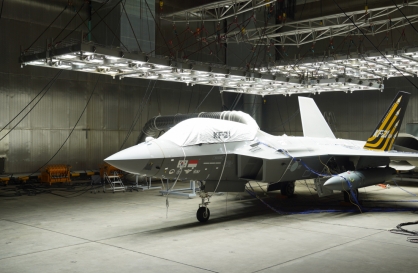
![[KH Explains] Can tech firms' AI alliances take on Nvidia?](http://res.heraldm.com/phpwas/restmb_idxmake.php?idx=644&simg=/content/image/2024/05/07/20240507050619_0.jpg&u=)
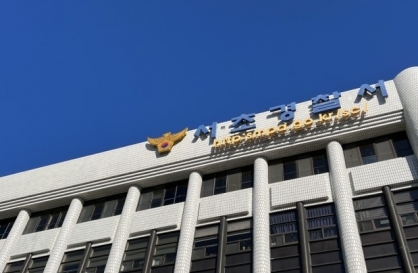

![[Grace Kao, Meera Choi] Has money displaced romance on dates?](http://res.heraldm.com/phpwas/restmb_idxmake.php?idx=644&simg=/content/image/2024/05/06/20240506050233_0.jpg&u=)
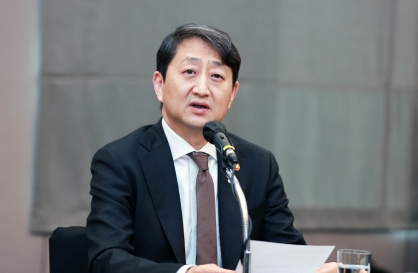



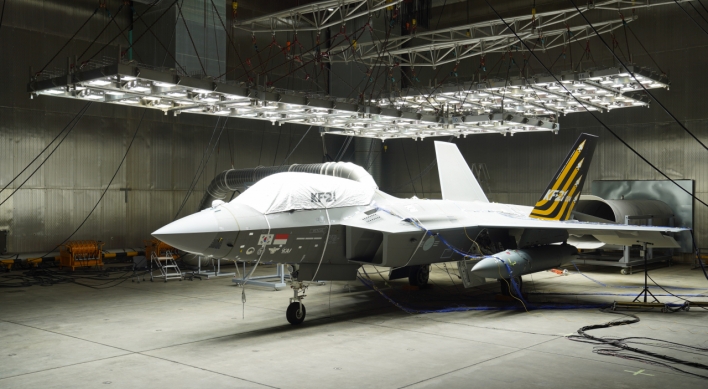
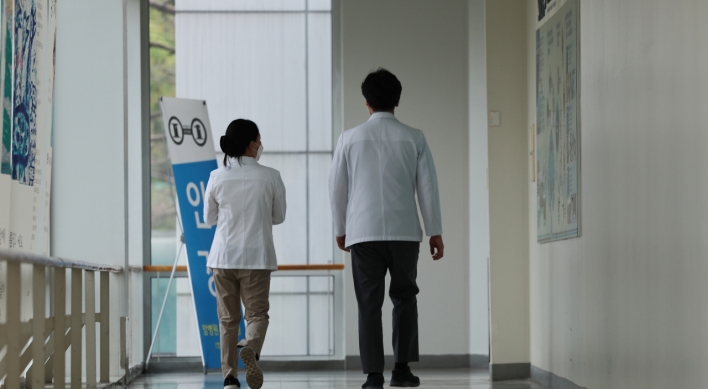
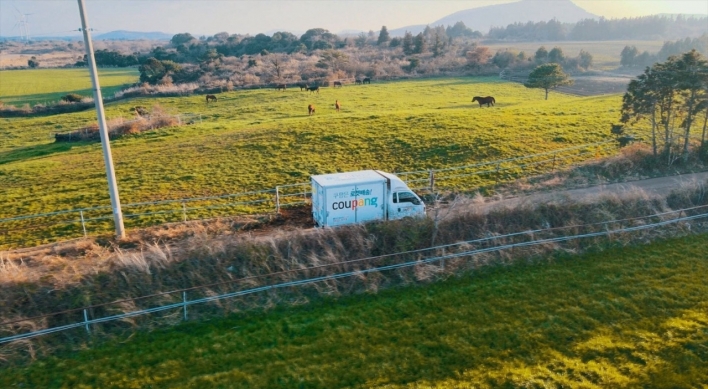
![[K-pop’s dilemma] Time, profit pressures work against originality](http://res.heraldm.com/phpwas/restmb_idxmake.php?idx=652&simg=/content/image/2024/05/08/20240508050705_0.jpg&u=20240508171126)
![[Today’s K-pop] NCT Dream to drop pre-release from 2nd Japan single](http://res.heraldm.com/phpwas/restmb_idxmake.php?idx=642&simg=/content/image/2024/05/08/20240508050725_0.jpg&u=)